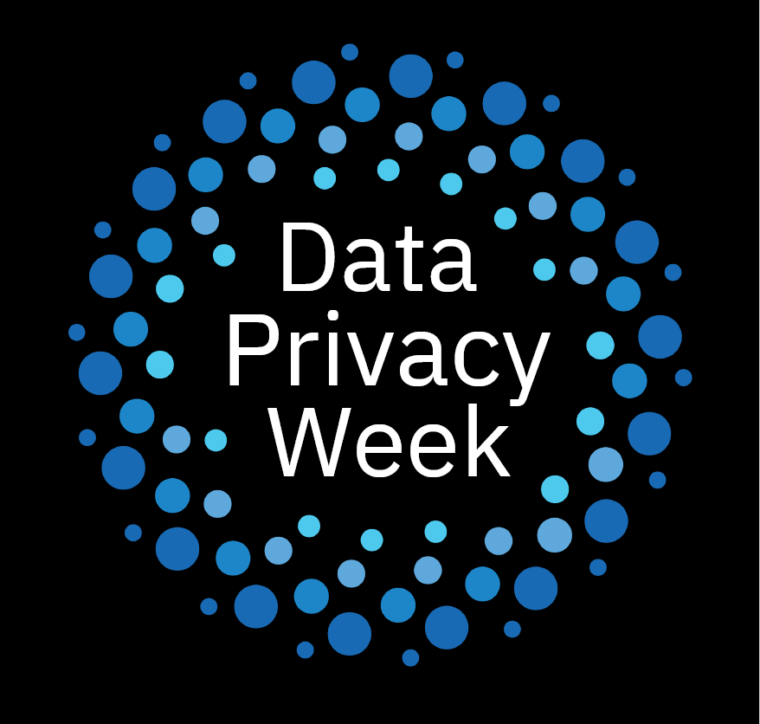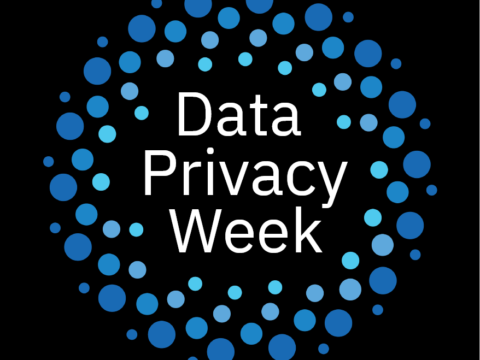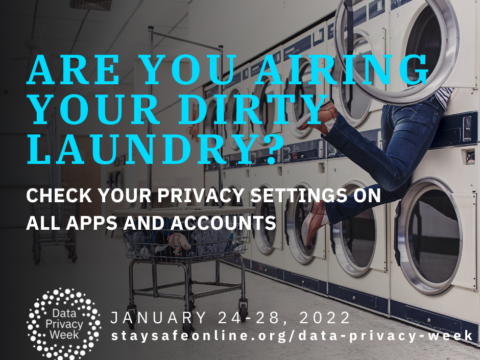Welcome to Data Privacy Week! This week to concentrate on maintaining your digital and physical privacy is promoted by the National Cybersecurity Alliance, a non-profit organization with a mission to help everyone be more secure in our interconnected world. This is the promised additional article about privacy this month, in this case, specifically about privacy while using social media.
When posting on social media, it’s essential to prioritize protecting your privacy. The first step is to be mindful of the information you share publicly. Think twice before posting personal details in your profile, such as your address, phone number, or particularly any financial information. Additionally, avoid sharing identifying photos or updates that could reveal sensitive information about yourself. For example, it’s great to share photos and videos about your vacation and the great (or not so great) times you are having, but the time to post these is AFTER you return. While your images may not have the immediacy they would have if you posted while on vacation, they also don’t advertise the fact that you are currently away from your home, possibly even out of the country. Announcing this invites bad actors to attempt to social engineer you or even attempt to break into your home.
Also, as exciting as new “big” purchases like the latest smart phone, new cars, and other luxury items might be, announcing them on your social media platforms invites more than the envy of your friends. It also invites scrutiny from people more than willing to separate you from your new purchase. Can you always hide these new things from your social media? Maybe not, if you regularly show your vehicle or other physical property in your posts, but to make a post solely for the purpose of saying you now own a new gizmo is unwise. Remember that once you post something online, it can be difficult to remove it completely, so consider the potential consequences before hitting “share”.
Another crucial step in protecting your privacy is to adjust your social media settings to minimize who can see your posts. Review your profile’s visibility settings and ensure they’re set to only allow friends or approved connections to view your content. The website SocialPilot has a guide explaining where to check your privacy settings on the most popular social media sites (aside from TikTok – if you are using TikTok, you have zero privacy, just sayin’). Additionally, use security features such as two-factor authentication and log-out reminders or automatic log-outs to prevent unauthorized access to your accounts. It is sometimes impossible to regain control of stolen social media accounts. Even if you do, there will most likely be some residual reputation damage that will take time and effort to overcome. By taking these precautions, you can enjoy social media while maintaining a healthy level of online privacy and security.
Celebrate Data Privacy Week by taking a moment in the next few days to review your privacy settings, make sure you are using secure login procedures, either using two-factor/multi-factor login or using passkeys for all your accounts. If you don’t know what passkeys are, check out this article from back in October on this very site that discusses passkeys and other secure login technologies.
I’ll be back soon with February’s newsletter!




 January (2023) News from Information Security
January (2023) News from Information Security
 Welcome to Data Privacy Week 2022!
Welcome to Data Privacy Week 2022!